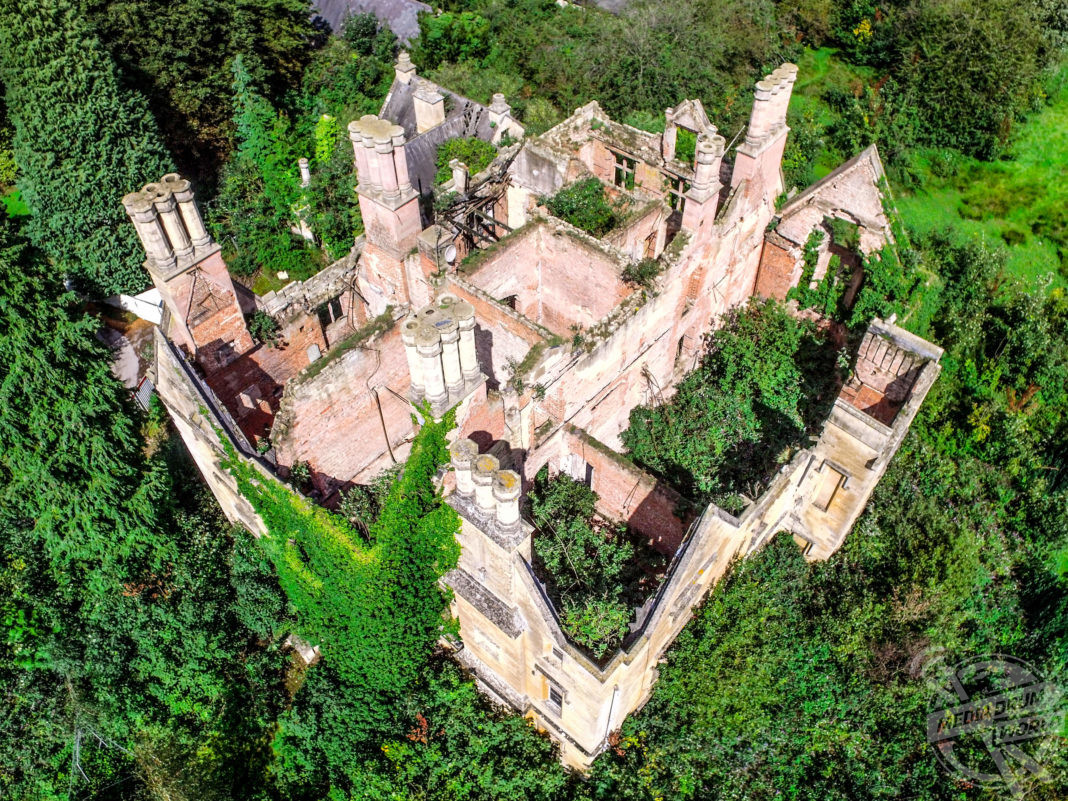
By Alex Jones
ASTONISHING photos of a fire-ravaged, dilapidated hall – which was once the home of a British Prime Minster and a service hospital for generations of soldiers – have emerged.
Dramatic shots show the once grand Nocton Hall reduced to a ramshackle shell of a building, propped up by a series of crumbling, charred walls. Other striking shots show the internal devastation the property has suffered due to decades of neglect and arson attacks, and medical paraphernalia and signage from the property’s history as a military hospital.

The Grade II listed property, in Lincolnshire, has experienced a remarkable history – housing some of the UK’s top politicians and playing a significant role during a series of major conflicts, including both world wars. But now the complex, one that cared for civilians and soldiers from World War I up until the First Gulf War, has become a constant target for vandals, arsonists and ghosthunters.
Nocton Hall dates back to the early 16th century but was majorly overhauled in the 1800s by Frederick John Robinson, 1st Earl of Ripon, who briefly served as British prime minster between 1827-1828.
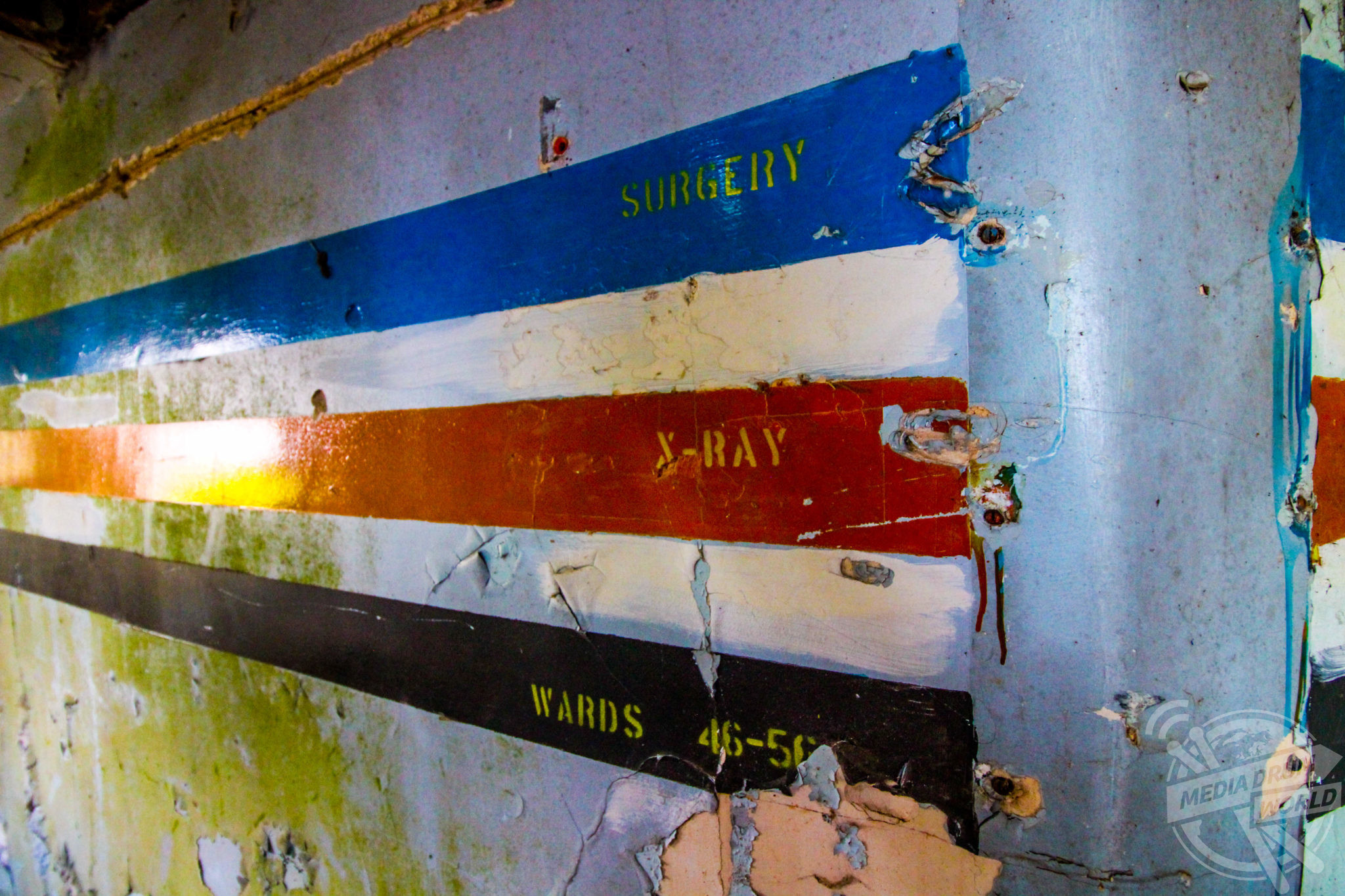
The building was occupied for many years as a military hospital, predominantly for American service personnel, before reverting to a private property in the 1990s. Before the end of the century, the building was left abandoned before a huge fire devastated the historic hall in 2004. A series of smaller attacks have been reported in the intervening years as nature has slowly started to reclaim the historically rich location.
These eerie shots have recently been snapped by a daredevil urban explorer, who wishes to remain anonymous, who was keen to investigate the property’s remarkable heritage.
“Sadly the hall itself is so ruined it is difficult to get a feeling for what it used to be like. The floors are almost non-existent, and the main staircase is suspended with very little holding it in place,” they said.
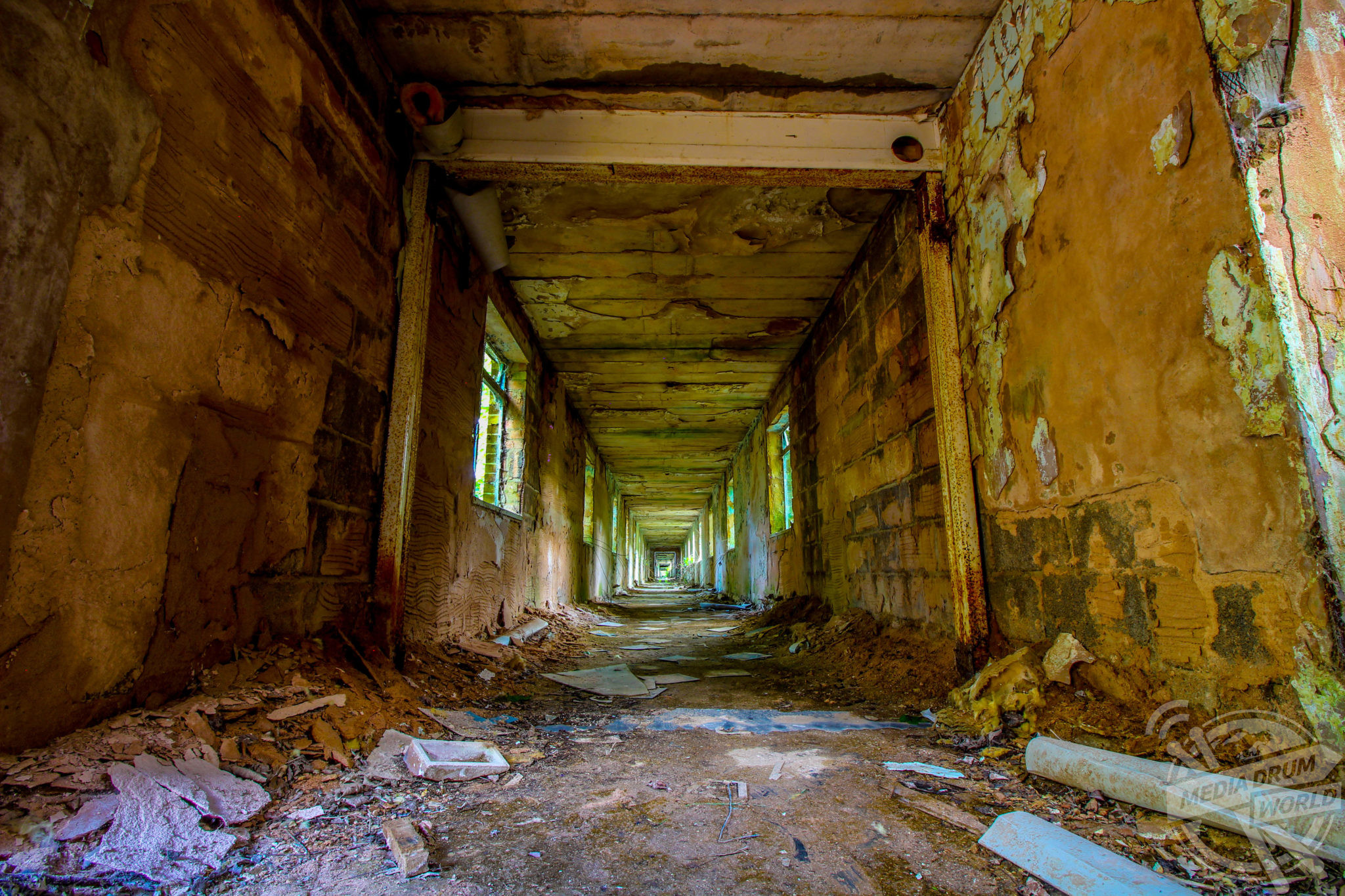
“As it is clear to see from the drone pictures the building is now a shell of the great hall it used to be. The majority of the property has already fallen down there isn’t much left to come crashing down on your head. As there is little access to higher levels it is also difficult to fall through anything, but if you were determined then you would really be putting yourself in a very dangerous situation.
“The RAF Hospital itself has a very creepy feeling, and seeing room names such as surgery gave you a real sense of what used to happen here – it was very “RAF” and the remaining hospital features were fascinating to see.
“The main thing that stands out for the RAF hospital is its size, with endless corridors it feels like a set from a horror movie, trapped inside the never-ending rooms.”
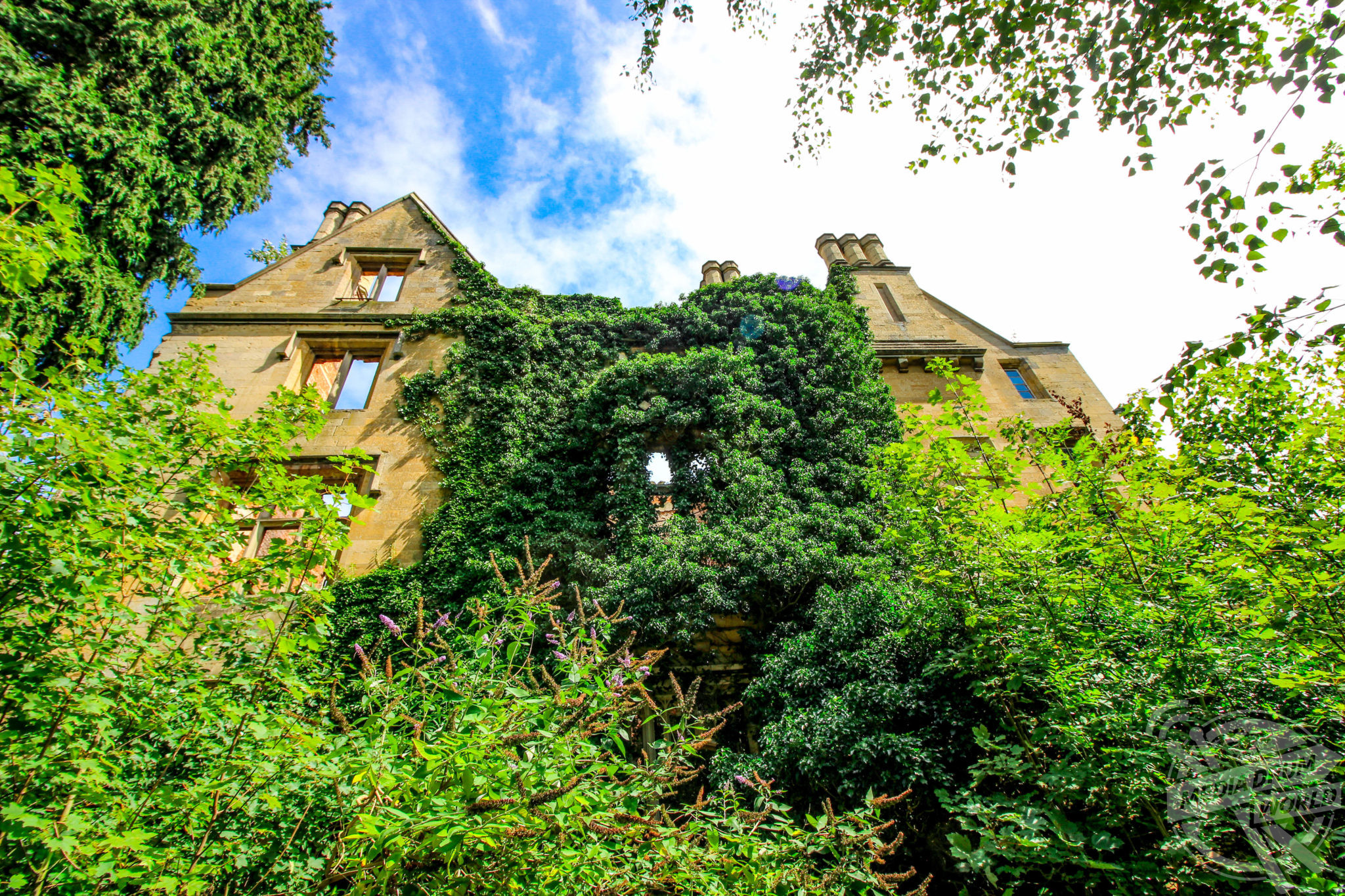
Approximately ten years ago, English Heritage has placed it on the UK ‘Buildings At Risk’ register and sought to help secure and preserve what is left of the old Hall and restore its gardens but to little avail.
Privately owned until the first world war, the building was handed to the American military after they entered the global conflict in 1917. It was turned into a convalescent home for American officers wounded in the war, the last of whom left in 1919.
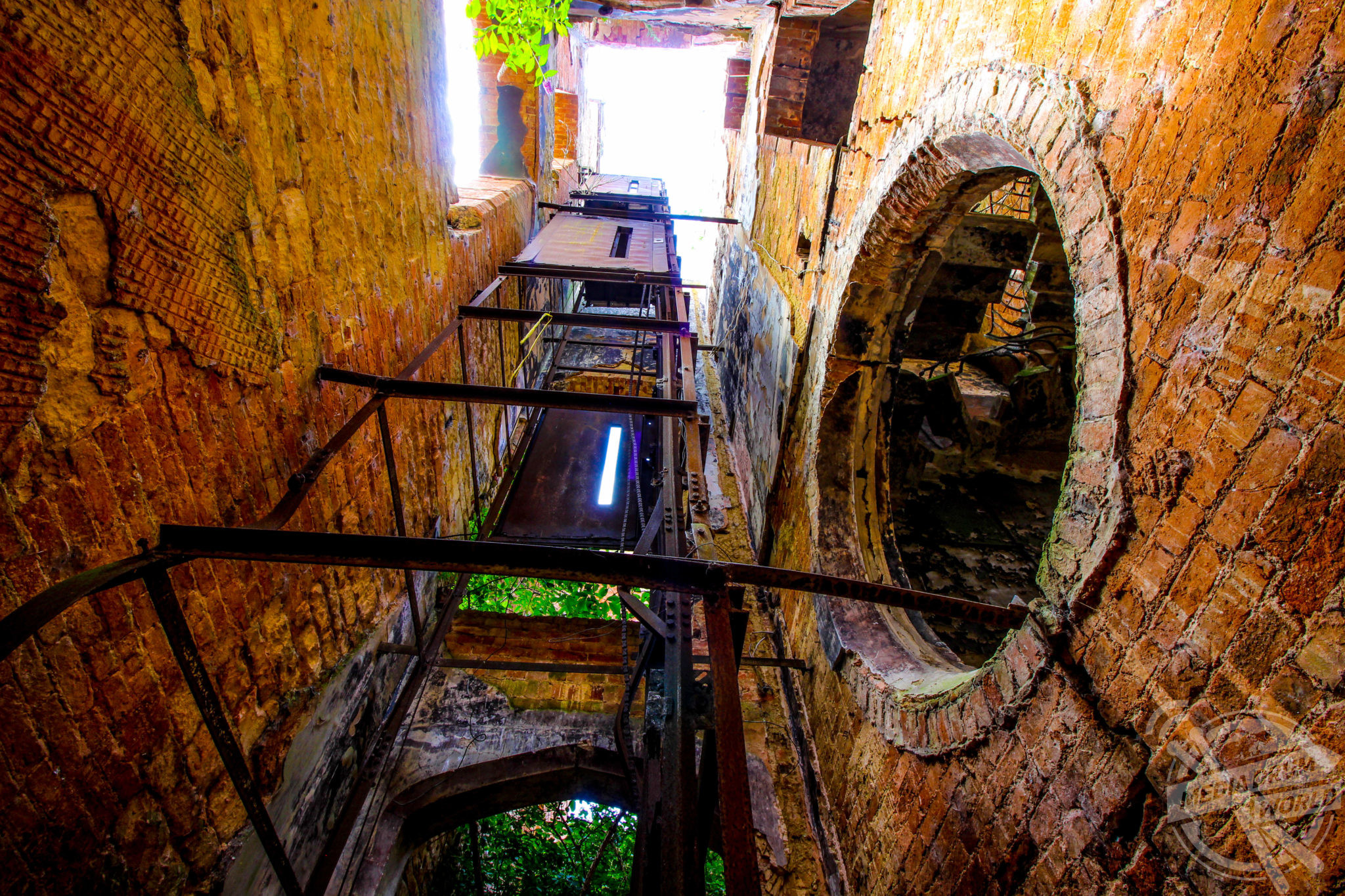
The building was then returned to military service in the late 1930s as war once again loomed large over Europe. Reacting to the growing Nazi threat, the RAF promptly acquired 200 acres of land around the hall and built a huge hospital complex. Yet despite its scale and before it was even officially opened, the Nocton site was deemed too small and another RAF hospital was established at nearby Rauceby.
The U.S. Army again took over the complex of buildings, turning it into a clearing station. More facilities were added to the east of the Hall and it was formally re-designated the United States Army Seventh General Hospital.
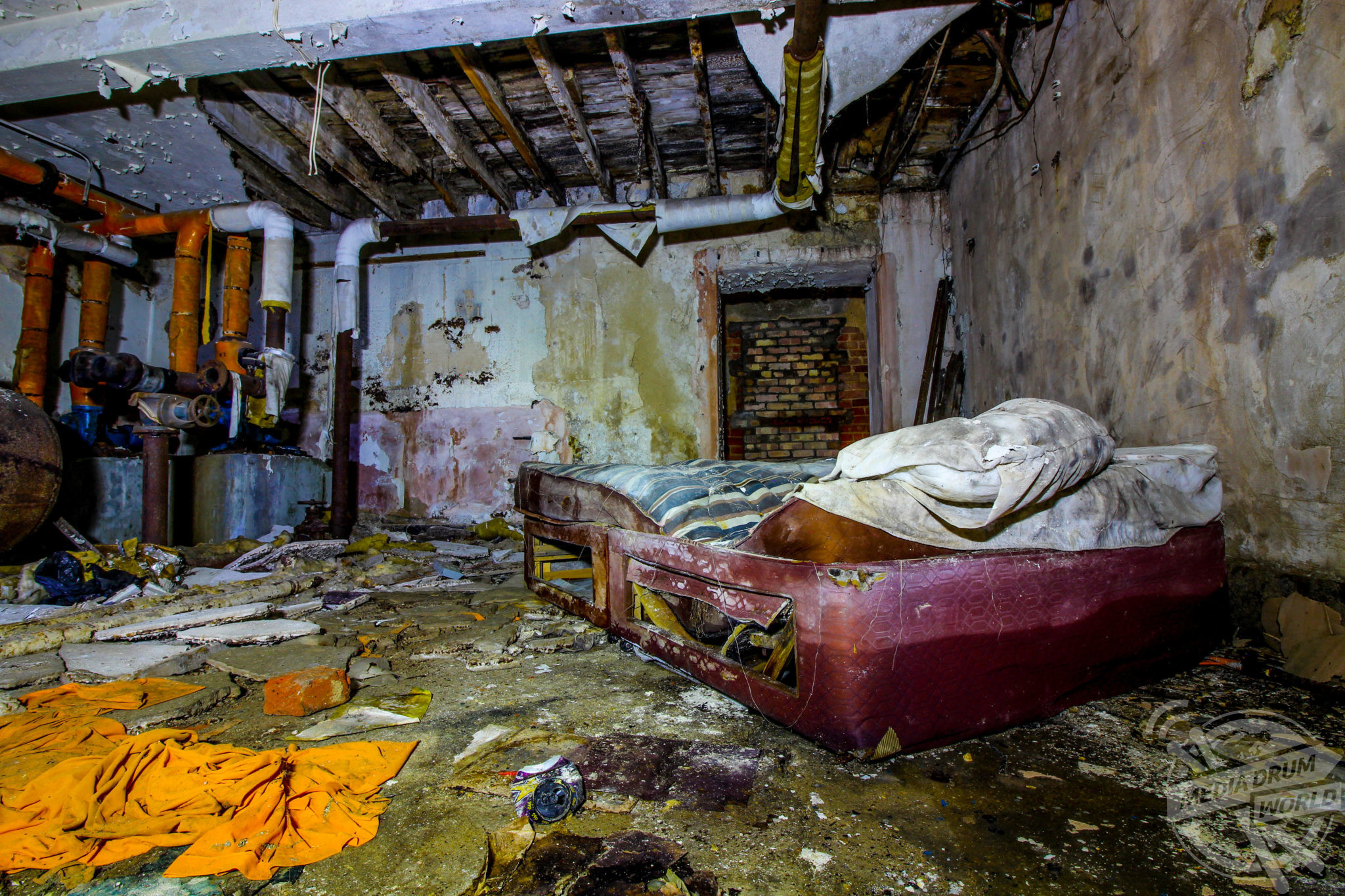
At the end of the war in 1945, the RAF selected the hall to be its permanent general hospital for Lincolnshire, designating it No 1 RAF Hospital Nocton Hall. For nearly 40 years the site flourished with state-of-the-art technology, pioneering equipment, and over 700 hospital beds before the RAF shut down the facility in 1983. Within months, the hospital was leased to America as a United States Air Force wartime contingency hospital where 1,300 US troops stayed during the course of the first Gulf War.
Following the collapse of the Soviet Union, the hospital had less value to the UK and US militaries and the house once again became a private residence before it was at last abandoned to its fate.






